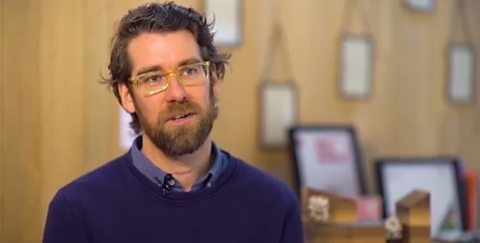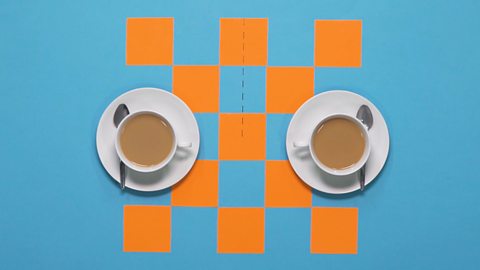Shapes can be transformed in a number of ways.
These include translation, rotation and reflection.
Translation causes a shape to move.
Rotation causes a shape to move.
Reflection causes a shape to replicate itself.
A short video demonstrating translation, rotation and reflection.
Translation, rotation and reflection are examples of mathematical operations that you can perform on an object.
Translation
When translating a shape, you can move it up or down or from side to side, but you cannot change its appearance in any other way. When a shape is translated, each of the vertices (corners) must be moved in exactly the same way.
Rotation
If you put a sheet of paper on a table and place your pen in the middle of it, you can rotate the paper whilst keeping the pen in a fixed position. The pen is acting as a centre of rotation and you can rotate an object around it, anywhere between 0┬░ and 360┬░.
Reflection
If you look in a mirror, you see your own image. You (the object) and your image appear to be the same distance and angle from the mirror. The mirror acts as a line of reflection, through which your image is copied.
More on Shape, space and measures
Find out more by working through a topic
- count4 of 52

- count5 of 52

- count6 of 52
